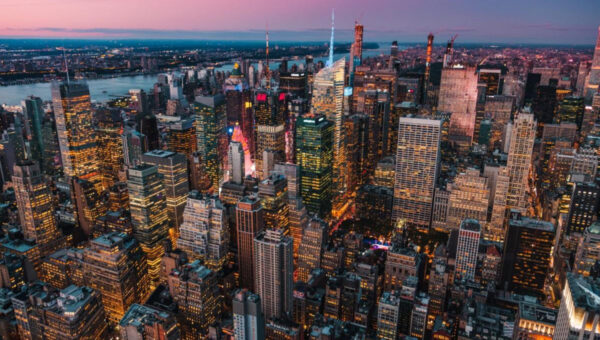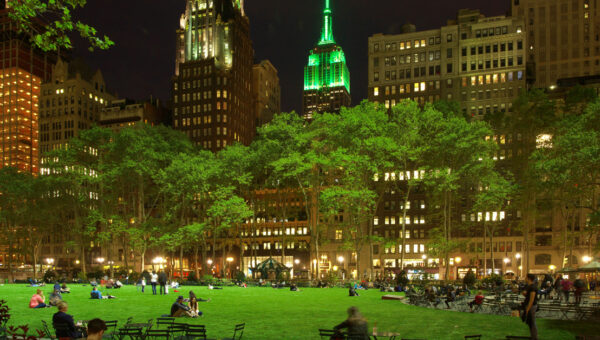
Climate Change Nine Years After Hurricane Sandy: Why Protecting the Waterfront is Key to New York’s Recovery with Waterfront Alliance’s Cortney Koenig Worrall, Dewberry’s John Boule, HNTB’s Sally Librera and Rich Kassel
Co-Hosted with The Waterfront Alliance
New York City’s waterfront has always played a major role in its history from trade and economic growth to open space and recreation. With 520 miles of shoreline, New York has more miles of waterfront than Chicago, Seattle, San Francisco, and Portland combined. Now more than ever, ensuring that New York City’s waterfronts – including housing, infrastructure, subway systems, and parks – are resilient and sustainable is critical to the long-term economic growth and recovery of our city. New York City needs to develop ambitious and equitable projects in all neighborhoods to respond to the climate crisis. As extreme weather becomes more frequent, business leaders, investors, developers, and nonprofits should focus on the critical infrastructure needed to protect communities and institutions most at risk.
As the 9-year anniversary of Hurricane Sandy approaches on October 29th, watch the panelists discuss immediate next steps and long-range ideas to move forward building resilience and sustainability in a post-Covid world.
Panelists:
- Cortney Koenig Worrall, President and CEO, Waterfront Alliance
- John Boule, Senior Vice President, Dewberry
- Sally Librera, Vice President, NY/NJ Rail Practice Leader, HNTB
- Rich Kassel, Group Leader of Clean Energy & Sustainability, Capalino (moderator)
Topics Covered:
- Climate resiliency and protection of NY’s waterfront should be a major part of New York’s recovery post-Covid. Why must our elected officials prioritize and invest in resilient infrastructure projects? Which projects and policies are key to drive recovery? Significantly more investment has gone towards mitigation. How do we level this playing field for a more holistic view of climate response?
- What does investing in waterfront infrastructure mean for businesses, jobs and economic development? We’ll cover 3 major types of developments:
- Housing/Real Estate
- Infrastructure, including Subway Systems and Mega-Resilience Projects
- Open Space and Parks
- Business strategies to address climate change: What steps should you take to reduce your carbon footprint, implement resilience retrofits or designs and plan for the future? What are businesses looking for to help do this successfully (i.e. permitting issues, incentives, etc…) How can climate design guidelines like WEDG help guide this decision-making process?
- The importance of inclusivity and equity in economic development
- Federal Infrastructure Bill – more federal money coming to NYC will provide the city with additional funding to invest in resiliency projects where there isn’t a large tax base. How will this spark major development projects to take off, and protect more vulnerable communities?
Read our blog post Building Resiliency to Protect New York from Climate Change


